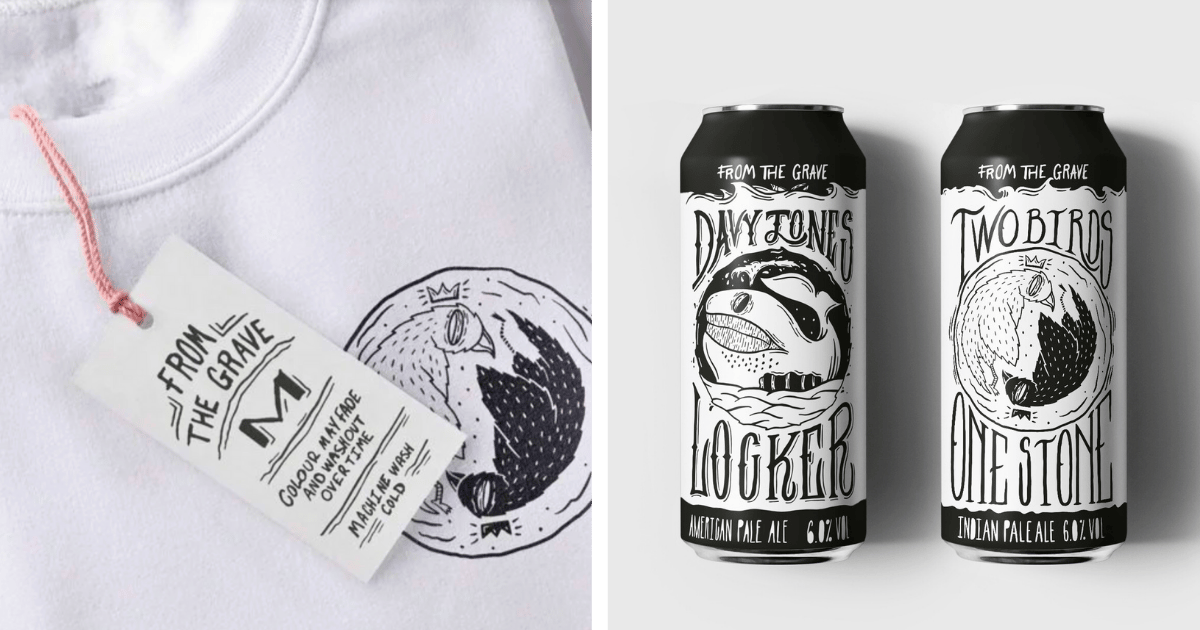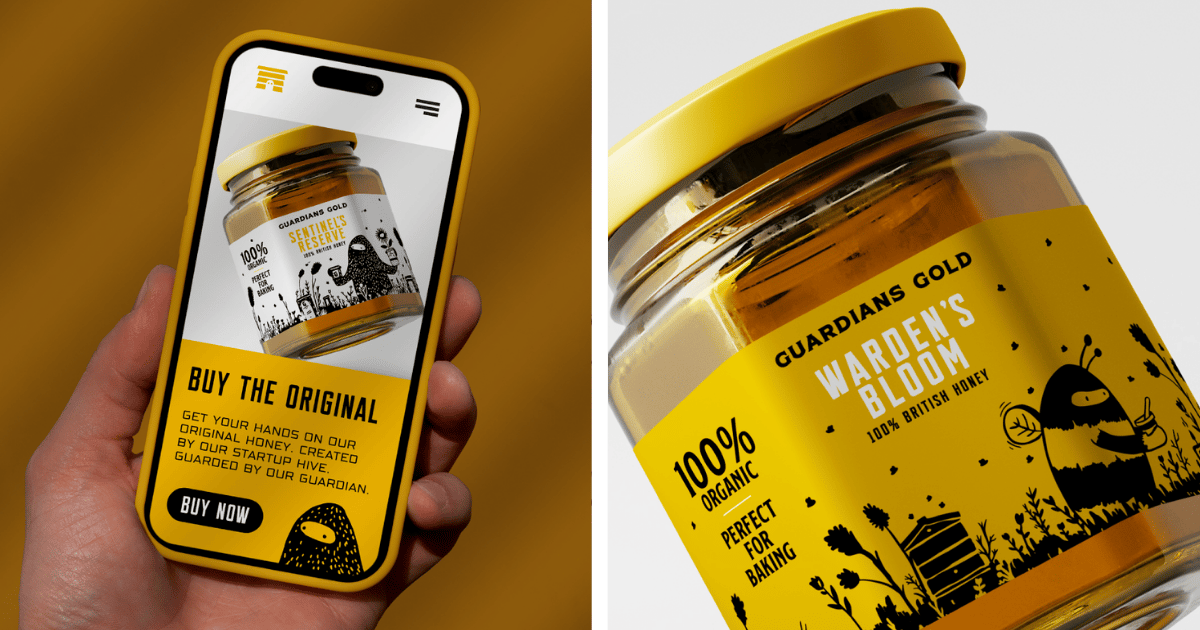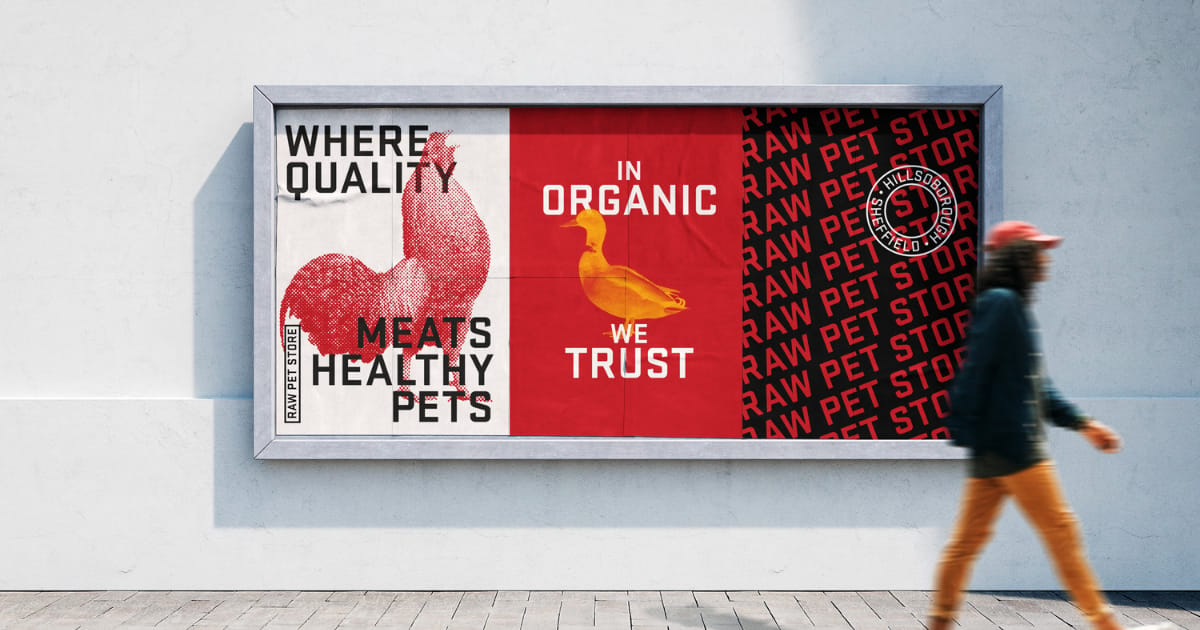
Anyone can buy a logo. Not everyone can build a brand people actually care about. Here’s the best way to approach it so it fits your business (and budget).
Aidan Smeaton-Wellum, co-founder of UK-based agency The Other Hand, designs brands that move fast and sell out. Here’s how he helps founders do the same.
Where do you start when you’re building a brand?
Nice kick-off question, and one we think about a lot. There are a few things founders should answer before starting any brand design: What problem are you solving? What’s your story? Who’s your brand for? How are you different from everyone else doing something similar?
If you can define your brand values before speaking to a specialist, you’ll be on the right path. Once that’s down on paper, you can move onto visuals, tone, and marketing. But many brands try to do it the other way around.
Besides a nice logo, how does branding help the business?
One thing we tell founders about brand strategy is to double down on their story, doesn’t matter what it is. Make it the first thing you talk about with investors and during pitches, rather than margins or profits. Let the story lead the way as it’s what people will remember.
Values are also a big part of brand strategy. They’re what retailers, consumers, and investors buy into. If your values don’t align with your target market, you won’t sell. A good designer can get your values across in your brand, which strengthens your marketing and shelf presence.

How do you make a brand stand out without trying too hard?
The best brands know their audience and how far they can push their identity without losing that core connection.
It’s a fine line between what will work and what might work. We’ve worked with brands that want to look exactly like the biggest player in their category. That can work for a while as you piggyback on their success, but won’t last in the long run. You’re borrowing someone else’s identity instead of building your own.
We all have that one friend acts or dresses differently but is still a massive part of the group. That’s who you want your brand to be. Use color, tone, packaging, story, or ingredients to be remembered, not mistaken. The goal is to belong on the shelf without blending in.
How much does professional branding really cost?
It depends on the agency. Here are a few ways branding work is usually priced:
Project-based pricing: You give an agency a brief and they give you a price based on scope, difficulty, urgency, size of your business, etc. An agency might charge you X amount but another client less for the same project simply because of company size or how fast you need it done.
Daily rate pricing: More common with freelancers. This can be great if you know the designer is experienced and will hit the mark. However! If it takes longer than planned, you’ll pay for extra days.
At The Other Hand, we do fixed-fee brand sprints to make pricing less daunting for founders from the get-go. It doesn’t matter how big your company is, we have three packages, three prices, three deliverables: Light, Standard, and Deluxe. Prices range from £7,500 (~$9,000) for a basic identity to £40,000 (~$50,000) for full brand systems. No hidden extras. you get what you pay for.

What separates a bad brand from a good brand?
A bad brand has no positioning. It might look good on the shelf, but it doesn’t say anything. No message, no voice. Plenty of brands scream the same message, so shout something else, but make it true to you.
Good brands are clear. They know what they are and what they stand for. This question is also massively suggestible because what some people believe to be a good brand, others don’t. I’d say be consistent with your values, purpose, and message, and your brand will lead it’s own course.
Say a founder hasn’t really focused on branding. How fast can you design a brand that’s ready for market?
We’ve worked with a few neglected brands. Not because founders don’t care, but because they didn’t see the value of design early on and tried to do it all themselves.
At The Other Hand, we start with a short 2–3 hour workshop to figure out what needs fixing. Then we move into competitor research, what others are doing right or wrong and how we can differentiate. From there, we get to work. Depending on the package, a project can take between one and six weeks. The quickest turnaround is one week.

Aidan Smeaton-Wellum is the co-founder of The Other Hand, a UK-based agency that turns ideas into shelf-ready brands (in as little as six weeks!).